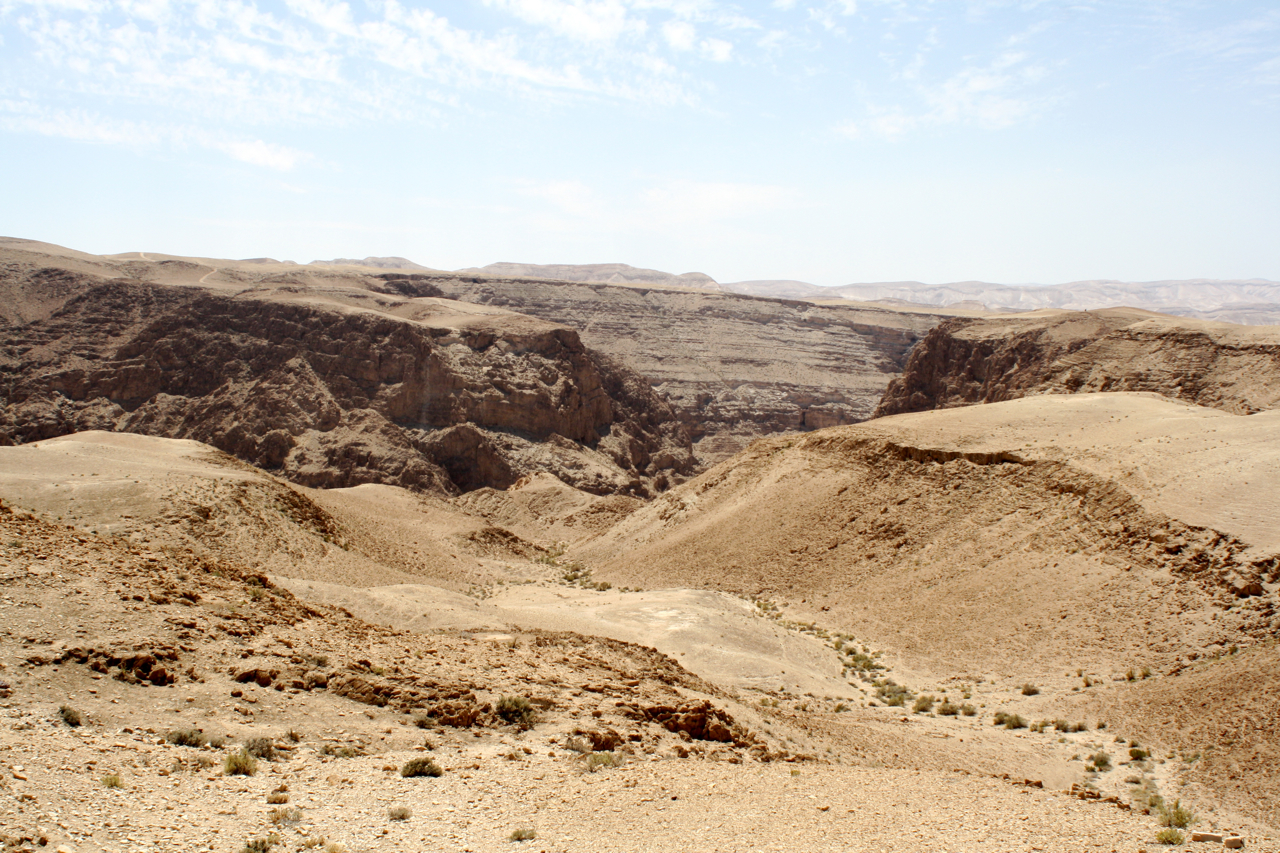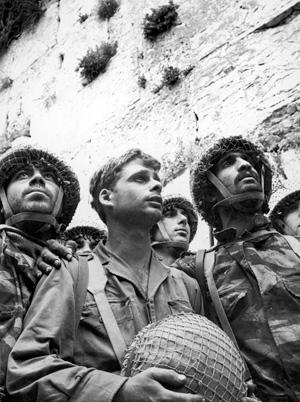
Even as Israel declared its statehood on May 14, 1948, five mechanized Arab armies invaded. The Jews had only 35,000 fighting men, no air force (except for a small training plane out of which the pilot dropped a grenade) and only six tanks. The Egyptian army alone had 40,000 soldiers, 135 tanks, heavy guns and an air force of over 60 planes, including Spitfires and bombers. The Jordanians had the Arab Legion, which trained by the British and led by an Englishman, Sir John Bagot Glubb, along with 48 British officers.
Yet, against all odds, the Jewish fighters won. Many of the pitched battles became epic and smacked of the miraculous.
For example, the Egyptian army launched an attack along the Mediterranean coast against the kibbutz Yad Mordechai on May 19, 1948, as part of an offensive to take Tel Aviv. Two infantry battalions, one armored battalion and one artillery battalion expected to take the kibbutz of 130 residents in three hours. The battle raged for days. The Jewish defenders held off the entire Egyptian army much longer than anyone expected, using homemade weapons that many times did nothing more than make noise. They even used mock soldiers made out of wood, which they moved from trench to trench, in order to give the appearance of greater numbers. Although the Egyptians eventually broke through they were now days behind schedule and their morale was badly shaken.
The Jordanians meanwhile had a very strong grip on the Old City of Jerusalem. Three times the Israelis tried attacking at a point called Latrun, but were unsuccessful. The road between Jerusalem and Tel Aviv remained cut. Jerusalem would have succumbed to siege if not for the discovery of an ancient Roman road that turned south of the city and then turned west until it turned north. A great deal of this road was constructed by religious Jews from Meah Shearim in the dead of night to avoid Arab snipers. The final road was bumpy and laden with holes, but it was a road. It enabled trucks to come into Jerusalem and effectively break the siege. The result was a stalemate around Jerusalem.
In the north, the Arabs were encamped at the top of Har Canaan, which overlooks Safed. It was a virtually impregnable position. The Jews could not gain control of the road to Safed or this city itself as long as they were there. Then the Israelis then brought up the Davidka, a tremendously noisy mortar – that was extremely inaccurate and of little tactical value.
One Friday afternoon, the Israelis fired a Davidka several times — and then a miracle happened: it rained. It never rained in May and June there. The Arabs were now sure that the Jews had the atomic bomb. What else could make it rain?
Consequently, they fled their impregnable positions on top of Har Canaan. The Israelis captured Safed and drove the Arabs out of the entire northern area of the Galilee.
These are only a few examples. For the believing Jew, there were nothing short of miracles, direct signs of the Divine Hand in Jewish history.
With the War of Independence still raging, the war for Israel’s survival was just beginning. And, unfortunately, it continues to this day. Nevertheless, the pendulum of history has arguably never swung more widely than from the end of the Holocaust in 1945 to the birth of the Jewish state in 1948. To many people, God’s promise to return the Jews to their homeland was emerging before their eyes in miraculous fashion.











